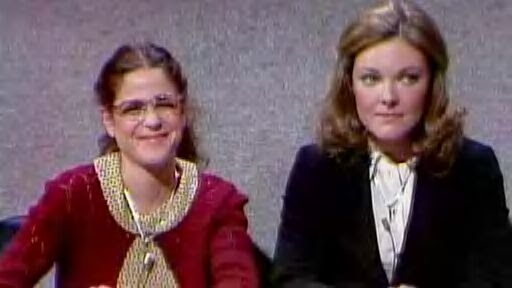Shakespeare Follow-Up: The Atom
Friday, December 6th, 2013In As You Like It, Celia reveals to Rosalind that she knows the name of Rosalind’s secret admirer. It is Orlando, who has already captured her heart. Immediately, Rosalind begins to pepper Celia with an overwhelming litany of questions, which causes Celia to exclaim:
It is as easy to count atomies as to resolve the propositions of a lover
Wait, what? Isn’t this the same play that said that the world is six thousand years old? How could Celia possibly know about atomic theory? Fortunately, there’s no job too small for the Shakespeare Follow-Up.
According to my Folger edition of the play (Barbara A. Mowat and Paul Werstine, eds.), the word “atomies” as used here means “dust particles in sunlight.” Oh.

Never mind.
Thou tell’st me there is murder in mine eye:
’Tis pretty, sure, and very probable,
That eyes, that are the frail’st and softest things,
Who shut their coward gates on atomies,
Should be call’d tyrants, butchers, murderers!
So that would appear to be that. But, wait! According to my Arden edition (Juliet Dusinberre, ed.), there’s more to the story. “Atomies” does indeed mean “tiny particles,” but…
The word, which occurs twice in AYL (see 3.5.13) and in no other Shakespeare play, may suggest the territory of the research conducted by Ralegh’s navigator, Thomas Harriot, into the atom and into optics, with particular relation to the refraction of light and the nature of visions.
(We’ll get back to Harriot, but as a side note, you may remember that Mercutio also uses the word “atomies” in the Queen Mab speech. To be fair, I checked my Arden edition of Romeo and Juliet (Brian Gibbons, ed.), and found instead the word “atomi,” which is from Q1. The Folio has “atomies.” So it’s arguable whether the word appears in another play, but the Arden is at least consistent. Even if you say the word is unique to As You Like It, however, the concept does appear in at least one other play.)
Atomism, the theory that all matter is made up of smaller units that cannot be further divided, was an idea embraced by several Pre-Socratic philosophers, most notably Leucippus and Democratus. Aristotle rejected this theory, believing that the four elements (earth, water, air, and fire) were continuous and infinitely divisible. As with most of these kinds of arguments, Aristotle’s version won the day. Although there were some notable figures who did believe in atomism throughout the ages, Aristotle’s theory was still the prevailing concept even in Shakespeare’s day. So in Twelfth Night, Viola gets Olivia’s attention by telling her “you should not rest/ Between the elements of air and earth, But you should pity me!” as Sir Toby asks Sir Andrew “Does not our life consist of the four elements?” when trying to make a point.
However, even in Shakespeare’s early seventeenth century, atomism was making a comeback, boasting such impressive adherents as Francis Bacon, René Descartes, Thomas Hobbes, and even Galileo. Thomas Harriot was an early contributor to the developing theory, though at a time when it was still dangerous to speak too openly about what was considered a heretical idea. It’s intriguing to think that the notion may have captured Shakespeare’s imagination as well, but this is merely speculation. I don’t think you can strongly infer this from his use of a particular word twice in a given play, especially when the second use of the word points fairly decisively in the other direction.
In 1808, John Dalton (building on the work of Lavoisier and Proust) demonstrated that when a substance (such as water) is broken down into its components (such as hydrogen and oxygen), the proportion can always be described with small integers, implying that there is a direct correspondence on some foundational level. His atomic theory of matter led to further inquiry and discovery throughout the 19th century. In the early 20th century, quantum mechanics allowed scientists such as Max Planck, Albert Einstein, and Nils Bohr to describe the unique properties of particles on the microscopic scale.
There’s a lot more to the story, but it will have to suffice to note that in the mid-20th century, science learned how to split the atom, unleashing the potential for a virtually unlimited power source, weapons of unthinkable destruction, and a series of ethical questions that have turned out to be much more difficult to resolve than even the propositions of a lover.